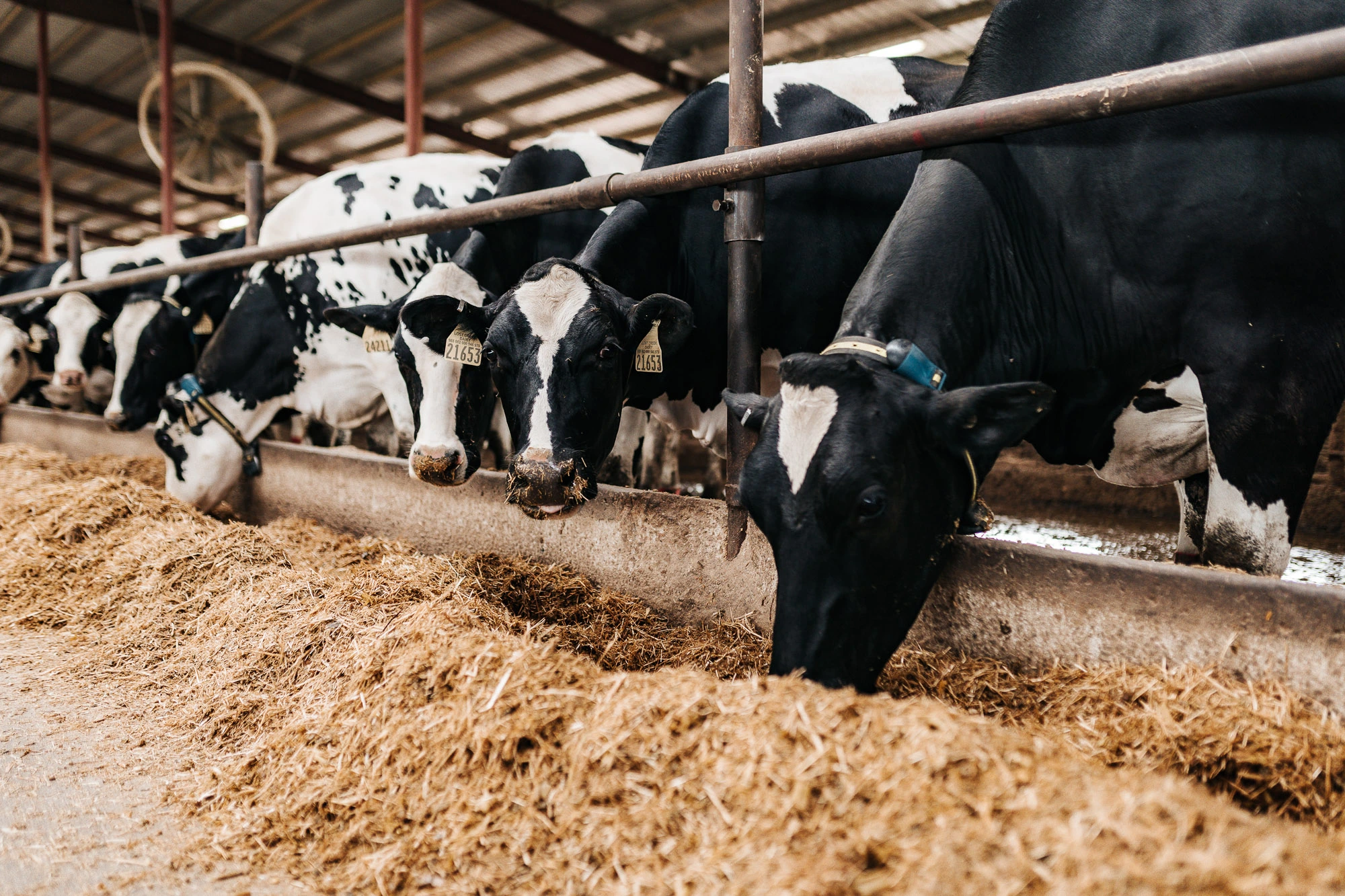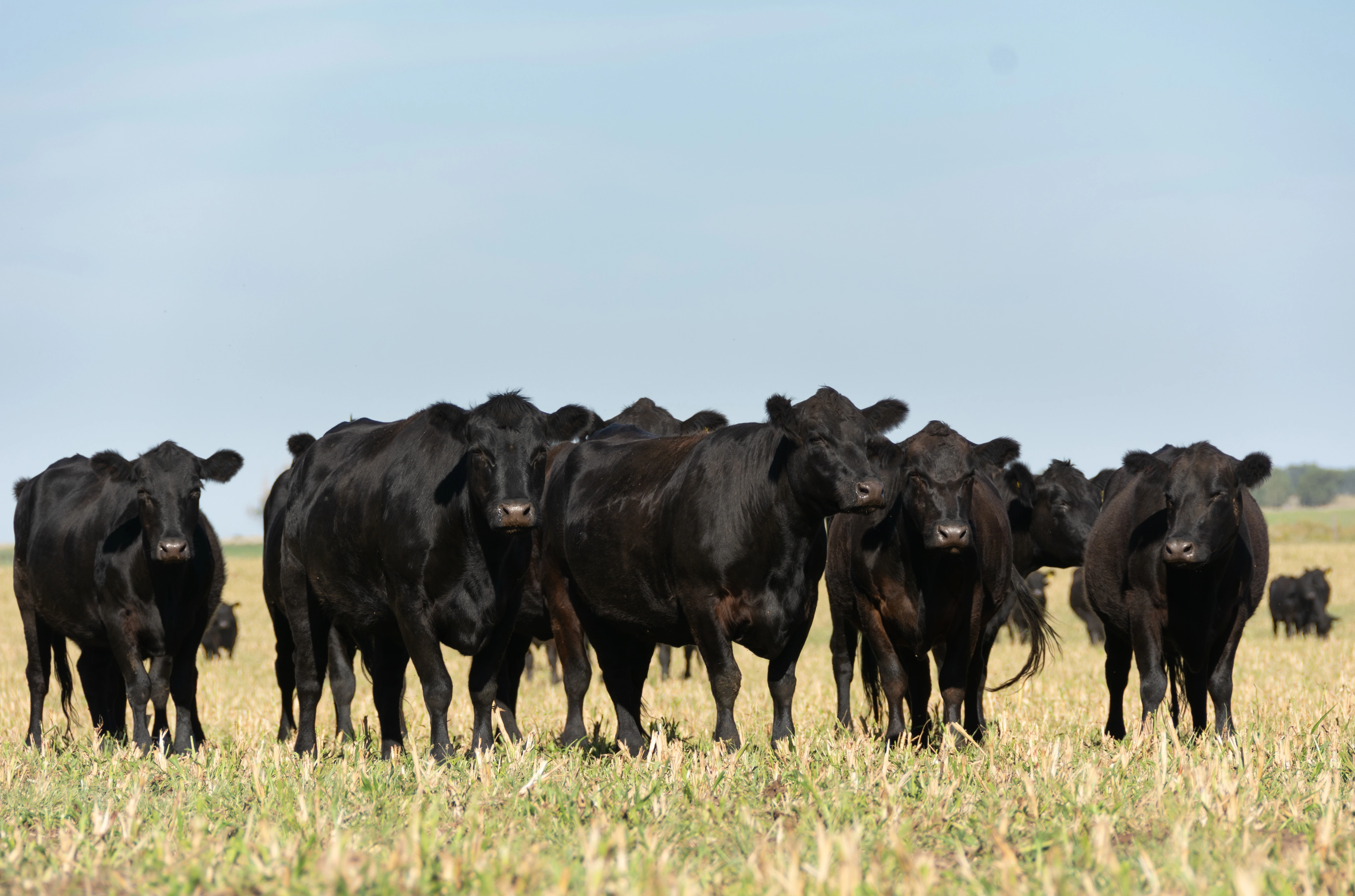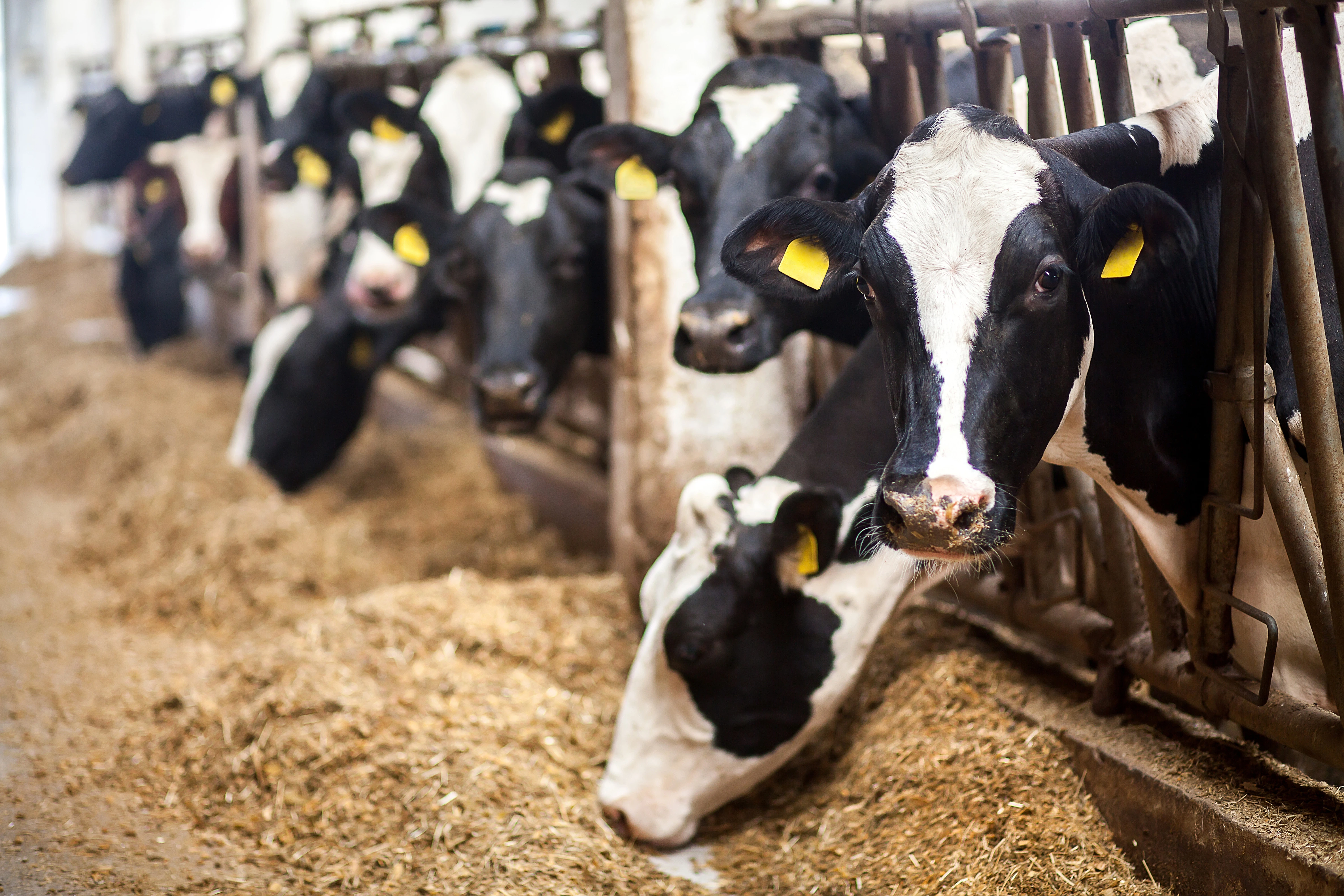
By Greg Goodell, DVM, The Dairy Authority
During the past 20-plus years the dairy industry has been experiencing a transformative wave of innovative technologies aimed at improving efficiency, sustainability and animal welfare.
We’ve had to learn how to mine the data and find actionable information – to identify, treat, and manage cows. The strides we have made, especially in the fresh-cow pen, to improve animal health and welfare has been impressive.
The use of technology has also helped dairies improve reproductive efficiency, parlor management and their ability to respond to and minimize the impact of a disease outbreak. The result is healthier, more productive cows with increased herd longevity, plus improved sustainability, efficiency and profitability of dairies.
Our recent battle with bird flu in2024 reminded me of the value of herd-level data from this technology, too. When bird flu arrived in Colorado it spread quickly. While analyzing data at these dairies, we discovered that herd rumination time could tell us that bird flu was in a dairy before any clinical signs arrived. High-producing dairies have an average herd rumination time of about 520 minutes per day. We could see herd rumination time start to drop from 520, to 510, 500, 490 and so on before clinical signs ever showed up in individual cows. It was like a lightbulb going off.
One of the clinical signs of bird flu in cows is a “dead” rumen, with no rumen contractions. The steady decline in herd rumination time became the first indicator of bird flu’s arrival at a dairy. This gave producers about 7 days to stock up on supportive treatments and create a plan for the extra labor that would be needed to treat and care for about 2-3% of the herd each day for the next few weeks.
Herd rumination time is also valuable to quantify the impact of an event or management decision. In a disease outbreak situation, we tend to focus first on using the data to find and treat individual cows. This is good, but we also can use herd rumination time to help quantify disease prevalence in the herd.
We can also assess cause-and-effect relationships with herd rumination time. For example, we looked at what happens to herd rumination time after vaccinations. It typically drops, along with cow activity levels, and milk production if the cow is lactating. We also discovered that not all vaccines have the same level of impact on rumination time. With this data we have fine-tuned management practices to help minimize the stress on cows from vaccinations.
In another case we used the change in pen-level rumination time to demonstrate why dry cow vaccines should not occur on the same day as the move to the close-up pen. Both of these tasks together have a significant impact on rumination time. When done separately we can minimize the drop and the duration of the decline in rumination time. But if done together, the drop in rumination time and duration of the decline reaches unacceptable levels that can predispose cows to more health issues after freshening.
We have also used herd rumination time to identify what caused an issue. In one example, a herd’s dry cows were given their regular vaccinations and 2 or 3cows in the group aborted soon after. This happened two weeks in a row in two groups of dry cows. Looking at rumination time for the groups of cows vaccinated we discovered that the drop in rumination time was greater than what was normally seen after dry-cow vaccinations in this herd. That indicated something was different. It turns out an employee had accidentally used the wrong vaccine. The change in group rumination time helped us solve the issue quickly.
Routinely monitoring herd and group rumination time can serve as a bellwether for impending health challenges, help us fine-tune management practices, and provide insights into what happened when setbacks occur. If you haven’t been utilizing this data, you might want to take a second look. Talk to your veterinarian, or the provider of your technology about how to access and what you can learn from herd and group rumination times.








